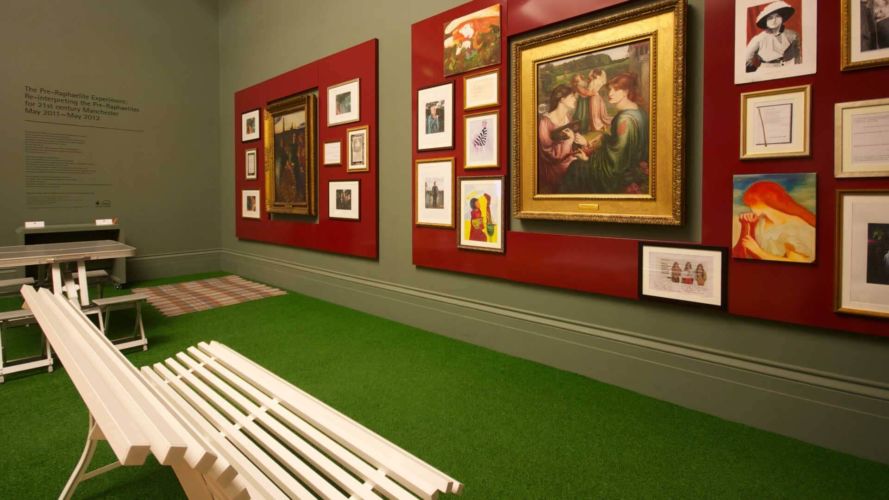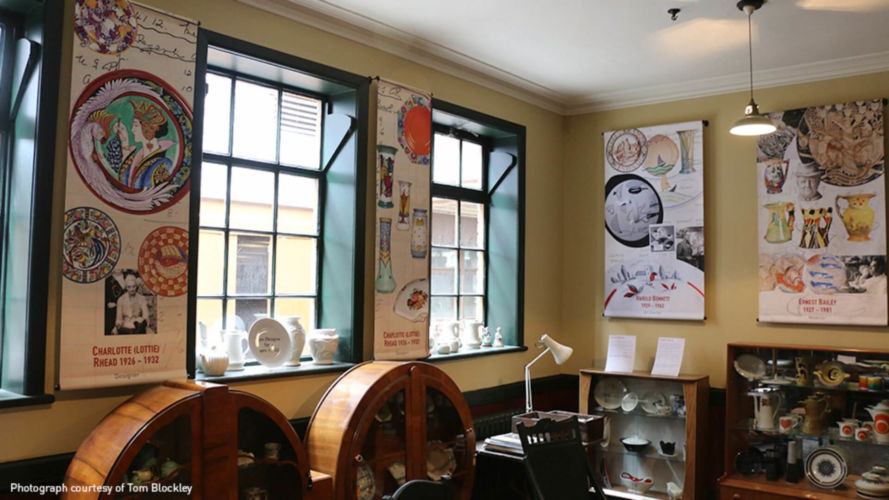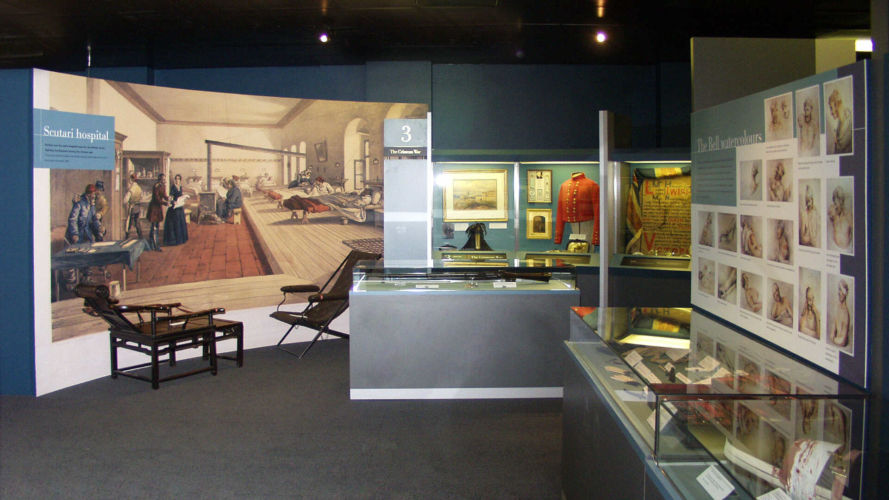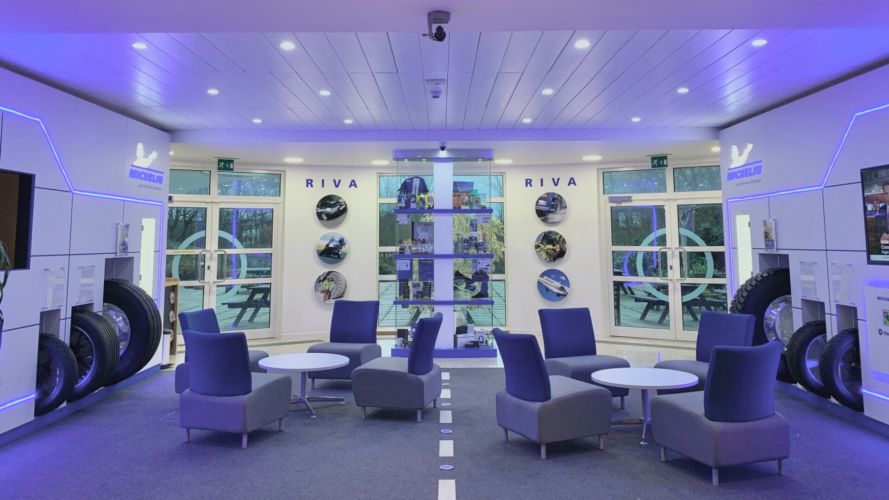Restaurant Interior Design Post Covid
What’s the impact, how will things change and who will pick up the bill?
Home Interiors News Social Distancing in Restaurant Interior Design
So, what has been the immediate impact of the pandemic?
Having been involved with restaurants interiors for my whole career, it is fair to say that I have seen a lot of change over the last 26 years! Back then banquette seating consisted of standard height frames with plain, fluted or deep buttoned backs – a vastly different offering to the centrepieces that are often integral to the stunning creations of today’s lead designers in the sector. Chairs were also limited to mainly Farmhouse or Bentwood styles in the main, with Spanish manufacturers offering alternatives which were often very expensive in comparison, so rarely used.
For some time now, operators have had the challenge of making a profit against a backdrop of increasing rents, rising food prices and maintaining a meal price that their targeted client base would pay. Opening ‘All day’ with the introduction of a breakfast offering has been one of the ways that have been introduced, with increasing the number of covers to take full advantage of the traditionally busy times of the day another. This increase in covers has led, in some cases, to reduced table sizes and spacing between tables, flexible ‘leaves’ being used to create party tables and banquette seating evolved to be used for storage.
Diner comfort has been compromised against the alternative of increasing menu prices – A compromise most diners were happy to take. The pandemic has, in an unprecedented way, put an abrupt halt to this trend and we now see operators seeking to remove furniture, to create the necessary space for social distancing to be implemented. This increased spacing will be here for a while, if not as a legal requirement, then certainly from a customer comfort perspective.
And the longer term impact?
Even with the discovery of a vaccine, diner space will play a big part in any choice of venue for those who are venturing out. Designers may have an option to use a wider variety of chairs, previously disregarded due to the compromise of the number of covers needed and, in a similar vein, table sizes could be increased back to a size that comfortably accommodates the setting, including space for any side orders which have caught your attention!
Layouts will need to be flexible and future proof too as, in time, diners will be more comfortable with the restaurant being slightly busier and operators will be able to add in more covers as the government, and the client base, allows.
This flexibility will also apply to party bookings, though currently limited in terms of the party size, as this changes, family and friend bubbles will want to celebrate, whilst still being able to feel safe.
Who will pick up the bill?
The reduced capacity will come at a cost to someone, as operators will look to find a way to balance the books to remain viable. The VAT cut, if retained by the operator as it was surely intended to help offset the cost of reopening, will be unlikely to make up the difference.
Rising unemployment, among other factors, will leave operators with limited options to increase menu prices, though there have been several surveys that show that a large percentage of would-be diners are accepting that price increases are inevitable.
I am not certain if this acceptance means that they will still dine out as often, and for many, it would mean that they simply cannot.
There is another option…
With the sad loss of some fantastic restaurant brands during the pandemic, and as others seek to shed premises through various arrangements, there will be increased availability of premises for operators to choose from.
From this position, they may find that it has moved towards more of a buyers’ market and a stronger position to negotiate with landlords on the rent, reducing the overhead cost and, if not eliminating the need for increased meal prices, certainly sharing the larger part of the cost.
Is this change or acceleration?
As we have explored this subject, we have found that at a short-term, granular level, there is change – this need to rapidly reduce covers and rethink the interiors is a good example of this.
However, the cost of premises has long been on the agenda for operators, with some recently seeking intervention from the government to assist in keeping control of spiralling rental and rate costs. Maybe this pandemic will provide the necessary acceleration needed to slide the bill in the landlord’s direction and signed rental agreements can be accompanied by an after-dinner mint to aid the landlord’s digestion.
This will leave the designers with more creative options, and the diners with more space to relax and feel comfortable in.






